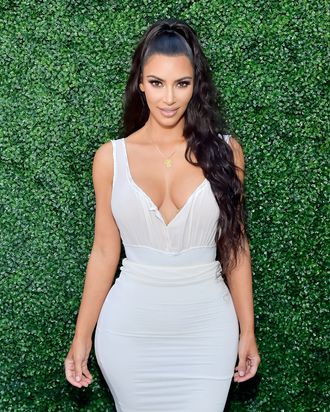Against the lean times of 2020, the most alluring garments from the spring 2021 collections offered similar reprieve. There were giant swaths of cobalt and magenta at Raf Simons’s womenswear debut, tomato and cyan mash-ups in Daniel Lee’s Bottega Veneta resort collection, and acid yellow and maroon from Virgil Abloh at Louis Vuitton Men’s. On the most basic level, color-blocking provides order, a color coded system of what goes where, like a paint by numbers Vitruvian man. That’s not to diminish the joy or efficacy of colorblocking—ease and order have merit, especially in a year of unease and chaos.
Outside Paris Fashion Week in 2011
Colville spring 2021
Photo: Courtesy of ColvillePrabal Gurung spring 2011
Yannis Vlamos / GoRunway.comMiu Miu spring 2021
Photo: Courtesy of Miu MiuColor-coded fashion is also a palette cleanser—no prints, no fuss!—as well as an alluring optical trick. Back in 2011, when Instagram was just starting up and street style was transforming from a niche journalistic practice to an industry in and of itself, contrasting the most outrageous neon hues was a promising way to get noticed. Phil Oh’s reportage from 2011 and 2012 prove it: Elisa Nalin in coral against lemon, Hanne Gaby Odiele pairing cherry red with creamy turquoise. You can hardly cast an eye back at Oh’s images without finding flashes of neon pink, electric violet, or acid yellow.
The Link LonkJanuary 02, 2021 at 08:07PM
https://ift.tt/3pGQbHt
It’s 2021, But Should You Dress Like It’s 2011? - Vogue.com
https://ift.tt/2KksXom
Dress

No comments:
Post a Comment